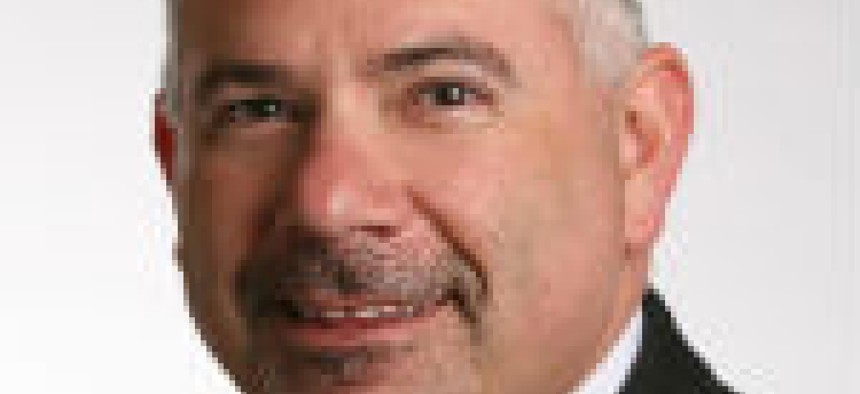Inside Catapult's strategy of differentiation and sticking to its core

New CEO, Mark Hunker, takes over from Catapult Technology's founder, and charts a course focused on differentiation, and sticking to what made the company great to start with.
How do you differentiate a company in today’s difficult market, but at the same time, stick to the core that made it successful in the first place? You take hold of your company’s capabilities, and drive them into new areas.
That's what Mark Hunker is trying to do at Catapult Technology, where he took over as president and CEO in July.
The company was acquired in the same month by the private equity group, D.C. Capital Partners, and underwent an executive management change when its founder, Randy Slager, retired.
Overall, “we have made some changes, and we will make some more as we go, but I don’t think that the core of Catapult has changed very much,” said Mark Hunker, the new Catapult president and CEO.
Slager left some big shoes to fill, but Hunker’s roots with the company go back a decade. He joined Catapult in 2002, and served as the company’s chief operating officer and executive vice president.
Backing Hunker in Catapult’s management suite are David Lyons, chief technology officer and executive vice president of Technology and Management Solutions; John Scarcella, executive vice president of Enterprise Systems; and David C. Thornton, chief financial officer and executive vice president.
The changes so far haven’t been changes as much as moves that build on what the company already had, Hunker said.
The company did lose its status as a service-disabled, veteran-owned enterprise, though, because of the change in ownership. But Hunker said that Catapult didn’t rely on that designation for a significant amount of work. The loss of that designation hasn’t caused the company to lose any customers since the acquisition in July 2012; instead, it’s “picked up a customer or two,” Hunker said.
As an additional outcome of the acquisition, the company is absorbing Kickstand, another D.C. Capital Partners-owned company, that is being integrated into Catapult by recent hire, Fred Haggard.
Kickstand brings federal management services to Catapult, bolstering one of the company’s sweet spots: strategic consulting.
The other sweet spot that Catapult has, Hunker said, is what the company has always been about: technology. “Catapult is really about looking at the technology for [customers’] core to run their businesses, to help their HR systems, their IT systems, their Blackberry network, those kinds of pieces,” Hunker said.
In today’s market, differentiation is critical. For Catapult, one differentiator is that it is technology agnostic; no matter what job a customer needs done, Catapult will be a true partner in working toward it, he said.
Another way the company tries to stand out is offerings such as its call center in Pennsylvania, near Shippensburg. Unlike some larger competitors, when a customer calls Catapult’s help desk, “it’s actually Catapult Technology,” Hunker said.
The company also has differentiated itself with a strategy that dates back to its founding in 1996; the company’s has always tried “to build an infrastructure at Catapult that was scalable. We built it way bigger than we were,” Hunker said.
While he couldn’t go into a lot of detail, part of Catapult’s growth strategy is to take its strategic consulting and IT capabilities into the intelligence community. “I think that that will be a new frontier for us,” Hunker said.
Through its IT and strategic consulting offerings, the company already offers a number of contract vehicles, including the NIH Chief Information Officers-Solutions and Partners 3 contract, the DHS Enterprise Acquisition Gateway for Leading Edge solutions contract, and GSA's Alliant and Connections II contracts.
Through those contracts, Catapult has a variety of federal defense and civilian agency customers, such as the Justice, Veteran Affairs and Homeland Security departments, the General Services Administration and the U.S. Joint Forces Command, to name only a few.
On a more personal level, Hunker has been going through some of his own changes as he takes over as president and CEO.
“I wear a suit and tie every day,” he said, chuckling. “I have to get out there and visit the people, and my hours in the office have exploded.”
His workload has increased and there are many more decisions pending his input; with those decisions come more e-mails to answer.
But he stressed that he loves what he does. Despite the extra demands, “there’s a greater good happening.”

